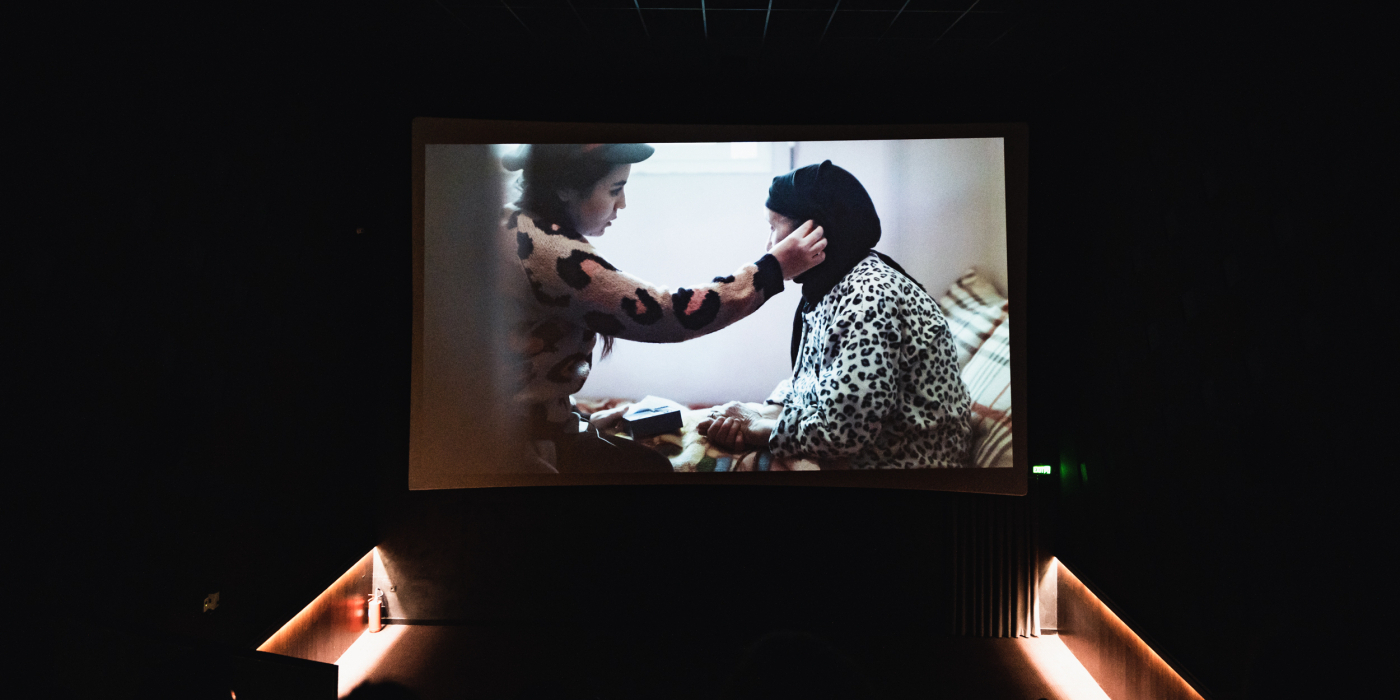06/08/2023
"There is only one sin. A single one. Theft. Every other sin is just a variant of theft. When you tell a lie to someone, you steal from them their right to know the truth", underlined excerpt in the pages of the book "The Balloon Hunter", written by the Afghan writer Khaled Hosseini, which I had read and re-read years ago.
You will understand soon why that paragraph was completely related to this movie. On the second day of the DokuFest film festival, "The Mother of All Lies" was screened, a film that gathered many curious young people.
Asmae El Moudir, the director of the film, had decided to put herself in the main role, making at the same time her first feature documentary. A photograph can be a bone of contention, long story short it can be the starting point of the beginning of another occupation, the one of a detective. The childhood photo stirred all the thoughts, memories, and emotions of the El Moudir girl. All she had from her childhood memories was only, but only one photograph, which even she did not believe the pretext that she could be there.
Together with her father, she created a set of small paintings that recreated their hometown in Casablanca. In the real footage, the voice of the grown-up girl was used, showing a family full of trouble and fraud, with attempts to extend authority over younger people, and that the eldest of the family members held a dictatorial position over the other people. Of course, it is about the grandmother who put herself on a pedestal.
In this context, the book "Letter to His Father" by the legendary and unique writer, Franz Kafka, cannot be ignored.
Kafka was talking about oppression, humiliation, and every other word found in the dictionary of this kind. But anyway, let's get back to the 96-minute documentary.
In the most miniature set, El Moudir's voice when she was in her childhood years, was used with the tendency to give meaning to the purpose, the unraveling of lies without the approval of her family, specifically her grandmother.
El Moudir over the entire narration of the distorted, dictatorial story, based on told lies and silent truths, described her grandmother as a gloomy person, often angry with the world and life. She was a person who was hated by everyone since her undeniable desire was to control everyone and everything. She was the neighborhood supervisor or better said she played the role of a sultana.
The director and the main protagonist herself I was documenting the truths of the family, the lies, the theft of happiness for years, as well as the suspicion that she managed to prove right.
The documentary also includes the protests of the 80s in their neighborhood. The motive of the protest at that time was related to the increase in the prices of basic items for living. From this revolt, many cemeteries were opened for them, while the executioners held high positions.
From the questions the girl asked, her grandmother referred to her as a journalist. But at the end of the film, El Moudir says not to tell the grandmother that she is not a journalist, but the director of this film.
This is the end of the movie. I believe the paragraph added to the opening lines is now understood.
By: Valona Hasani
Photo: Furkan Celik



